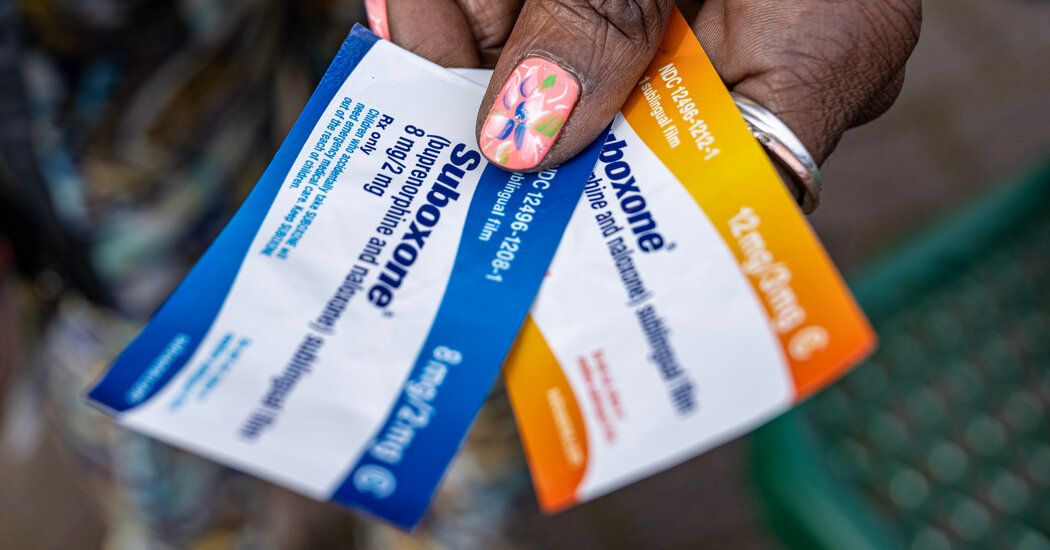Addiction Treatment Medicine Is Vastly Underprescribed, Especially by Race, Study Finds
Despite the continuing rise in opioid overdose deaths, one of the most effective treatments for opioid addiction is still drastically underprescribed in the United States, especially for Black patients, according to a large new study.
From 2016 through 2019, scarcely more than 20 percent of patients diagnosed with opioid use disorder filled prescriptions for buprenorphine, the medication considered the gold standard in opioid addiction treatment, despite repeated visits to health care providers, according to the study, which was published Wednesday in the New England Journal of Medicine. Within six months following a high-risk event like an overdose, white patients filled buprenorphine prescriptions up to 80 percent more often than Black patients, and up to 25 percent more often than Latino patients, the study found. Rates of use for methadone, another effective treatment, were generally even lower.
“It was disheartening to see that buprenorphine or methadone treatments were so low, even among patients who just left the hospital with an overdose or other addiction-related issue,” said Dr. Michael L. Barnett, the lead author, who teaches health policy and management at Harvard. “And not only that, but people of color received lifesaving treatment at a fraction of the rate that white patients did.”
Access to medical care, a reason often used to explain racial disparities in treatment, was not necessarily at work here, said Dr. Barnett, an associate professor at the Harvard T.H. Chan School of Public Health. Noting that all the patients regardless of race encountered doctors roughly once a month, he said, “There are two mechanisms left that could explain disparities this large. One is where people of color get their health care, which we know is highly segregated, and another is racial differences in patient trust and demand for buprenorphine.“
Source: The New York Times


